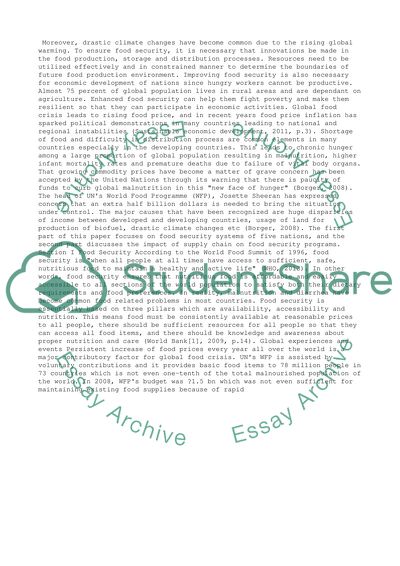Cite this document
(“How has supply chain impacted Food security Assignment”, n.d.)
How has supply chain impacted Food security Assignment. Retrieved from https://studentshare.org/business/1489207-how-has-supply-chain-impacted-food-security
How has supply chain impacted Food security Assignment. Retrieved from https://studentshare.org/business/1489207-how-has-supply-chain-impacted-food-security
(How Has Supply Chain Impacted Food Security Assignment)
How Has Supply Chain Impacted Food Security Assignment. https://studentshare.org/business/1489207-how-has-supply-chain-impacted-food-security.
How Has Supply Chain Impacted Food Security Assignment. https://studentshare.org/business/1489207-how-has-supply-chain-impacted-food-security.
“How Has Supply Chain Impacted Food Security Assignment”, n.d. https://studentshare.org/business/1489207-how-has-supply-chain-impacted-food-security.


